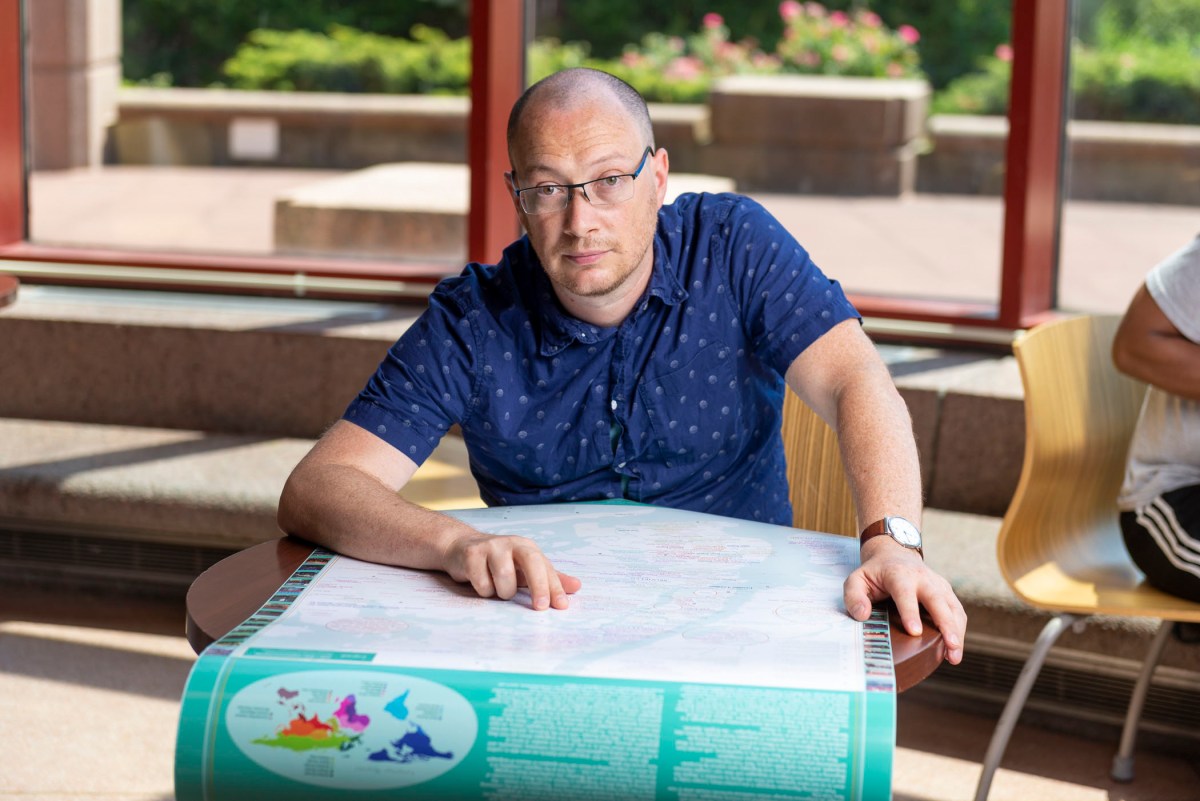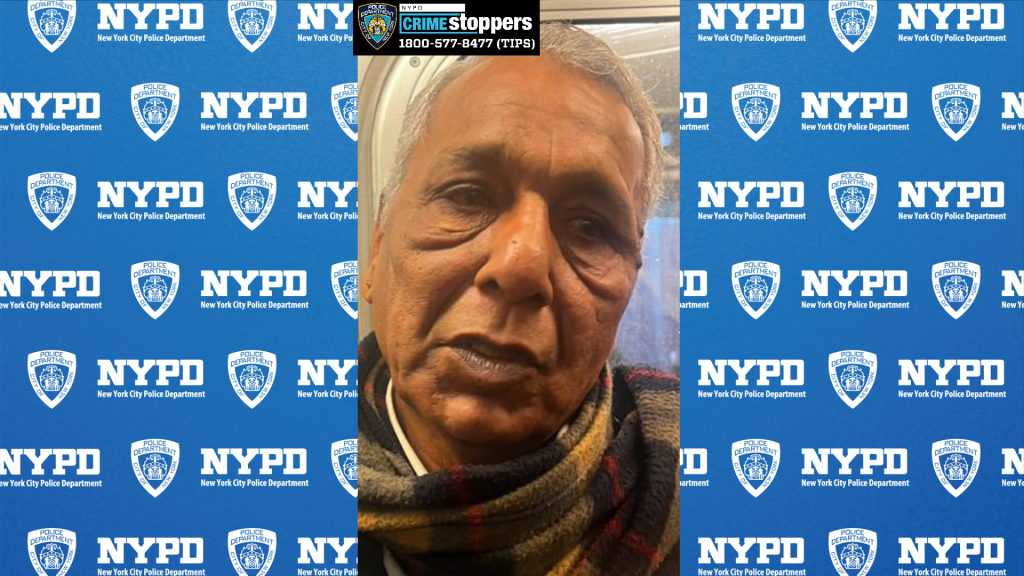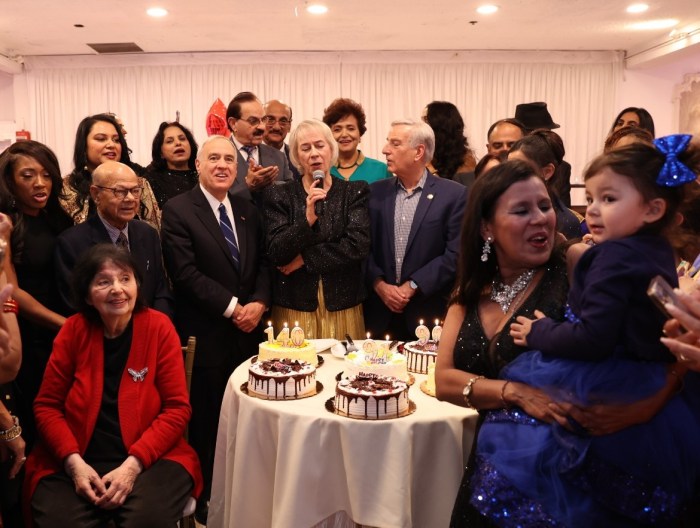With languages all over the world at risk of extinction, a Queens College professor is committed to conserving them.
Daniel Kaufman, who began teaching at the Flushing campus in 2015, finds the borough to be an ideal location for his work.
“As many as 800 distinct languages are spoken in New York City,” Kaufman said. “Queens is the epicenter of that global linguistic diversity.”
But words aren’t all that the professor is documenting.
“Each elder speaker within a smaller language community will have unique knowledge of that language and culture that can be easily lost if it’s not passed down or recorded,” he said.
Around Jackson Heights and the surrounding neighborhoods, Kaufman’s team finds communities with origins in Nepal, India, Indonesia, the Philippines and Mexico, all of which happen to be among the most multilingual nations in the world.
Within the Nepali community, languages such as Thakali and Mustangi are found among many other endangered Tibeto-Burman languages. Within the sprawling Filipino community, Pangasinan and Kapampangan are heard, languages that are now rarely passed down to younger generations.
The census shows that Jackson Heights is the most linguistically diverse neighborhood in the United States while Kaufman thinks the area might have the highest linguistic density anywhere in the world.
“There is one building where seven community organizations were housed in seven offices, each one representing a different Nepalese town and language,” he said.
In Rego Park, you will find what may be the largest community of Bukhari speakers. The Jewish dialect of Tajik originating in Central Asia, a language which is now spoken mostly in diaspora.
Kaufman conducts part of his research on campus at his language documentation lab, one of only a handful in the country. Students can borrow equipment to record languages spoken in their families and communities, which they then study applying scientific principles on linguistic analysis. Students are actively involved in the lab’s work.
One student, Tysean Bucknor, recorded Belizean Creole, an under-researched language, and how it is changing across three generations of speakers within his family. Bucknor is now enrolled in a Ph.D. program in linguistics and continuing the project through fieldwork in Belize.
Another student, Tenzin Namdol, recruited her friends to contribute narratives in the Mustang language for the Voices of Himalaya project, which Kaufman is involved in. The project has collected dozens of narratives documenting the linguistic diversity of the burgeoning Himalayan community in Queens and Brooklyn.
Kaufman said recording the languages is the easy part.
“Real language documentation involves a lot of transcription, translation and grammatical analysis,” explained Kaufman, who plans to create a public repository for all the language material collected through his Queens College lab. In addition, he is committed to understanding what happens to these groups in New York. “What aids them or prevents them from using their languages here?” he asks. “Do they face discrimination for using their languages? Do various dialects of a language blend with each other in the city, as we might expect in a melting pot?”
UNESCO declared 2019 the International Year of Indigenous Languages. Kaufman recently attended a conference in British Columbia entitled Let the Language Live, which brought together more than 1,000 people involved in language revitalization from around the world.
“It was an honor of a lifetime to be invited to be a presenter and a panelist to a language conference organized by and for indigenous people,” he said.
Kaufman has helped produce documentation for dozens of endangered and indigenous languages and is an expert in Austronesian, a language family found in Indonesia, Malaysia, the Philippines and the Pacific. Prior to joining Queens College faculty, he co-founded the Endangered Language Alliance, a Manhattan-based organization with its own language documentation lab.



































